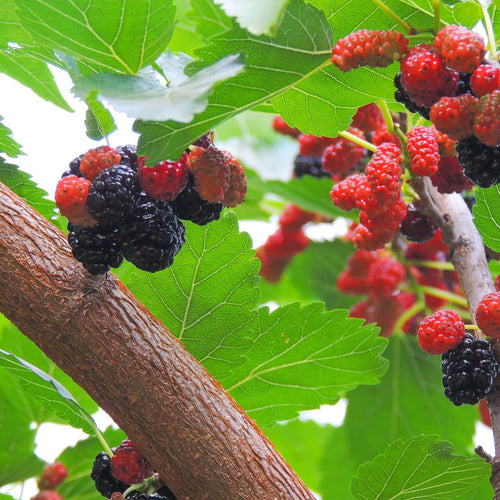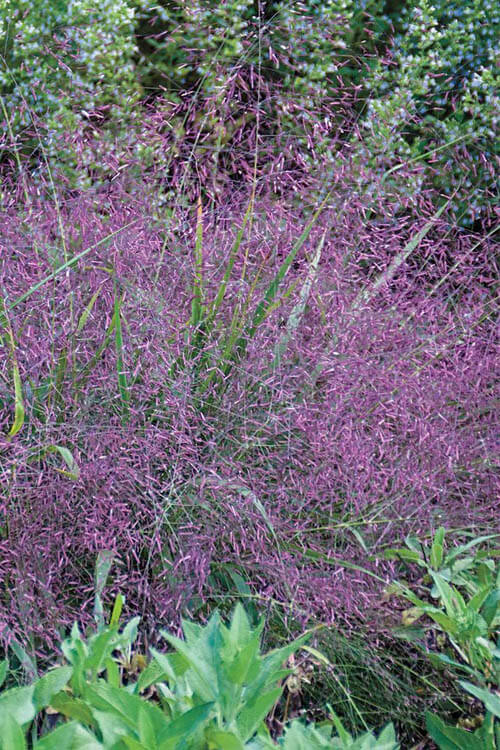A Closer Look at Various Tree Species
Trees have played a profound role in human history and culture for millennia. They have been a source of sustenance, shelter, and inspiration for countless civilizations. This exploration will delve into the past and symbolism of various tree species, each with its unique significance. We will examine the Dogwood tree, known for its elegance and religious symbolism.
Dogwood Trees (Cornus florida):
The Dogwood tree, scientifically known as Cornus florida, is a native species to North America. It has been a symbol of beauty and resilience for centuries. One of its most famous legends is associated with Christianity. According to folklore, the Dogwood tree was once much more prominent and was chosen to construct the cross for Jesus Christ to be crucified on. In punishment for its role in the crucifixion, it is said that the Dogwood tree was cursed to remain forever small and bear flowers in the shape of a cross. Its blossoms, with four distinctive petals, each marked with red stains that resemble nail wounds, are seen as a symbol of Christ's sacrifice.
Willow Trees (Salix spp.):
Willow trees have a long history of cultural significance across the world. In ancient Chinese culture, willows were associated with the moon, symbolizing renewal, growth, and harmony. They were also believed to have healing properties. They were used in traditional medicine. In European folklore, willow trees were associated with magic, divination, and the supernatural. They were often planted near homes as protection against evil spirits.
Mulberry Trees (Morus spp.):
Mulberry trees have a rich history dating back to ancient civilizations. They are best known for their delicious and nutritious fruits, cultivated for thousands of years. In China, mulberry trees were grown for their leaves, which served as the primary food source for silkworms. This played a pivotal role in the development of the silk industry. Additionally, mulberries have been used in traditional medicine for their supposed health benefits.
Sweet Bay Magnolia (Magnolia virginiana):
The Sweet Bay Magnolia is a tree native to the southeastern United States and has a unique place in history and culture. Its large, fragrant white flowers make it a symbol of purity and nobility. In the past, Native American tribes used its bark for medicinal purposes, and early American settlers found it useful for various remedies. Its evergreen leaves have also contributed to its symbolism of endurance and strength.
Red Oak Trees (Quercus rubra):
Red Oak trees are known for their strength, longevity, and impressive size. They have deep roots in American history and have been used for countless practical purposes, from shipbuilding to furniture making. In Native American cultures, the oak tree symbolizes strength and wisdom. It was often associated with the oak's role as a provider of acorns, a valuable food source for many tribes.
White Oak Trees (Quercus alba):
White Oak trees are another iconic species in North America. They are highly valued for their durable wood, used to construct barrels for aging wine and spirits. In American history, the White Oak played a crucial role in the westward expansion, providing materials for wagons, homes, and tools. It symbolizes strength, reliability, and the enduring spirit of American pioneers.
Hazelnut Trees (Corylus avellana):
The Hazelnut tree has a long history of cultivation and symbolism. In Celtic mythology, hazelnuts were associated with wisdom and poetic inspiration. The nuts were believed to grant knowledge and divine inspiration when consumed. In modern times, hazelnuts are a popular culinary ingredient in everything from chocolates to spreads, symbolizing indulgence and pleasure.
Black Walnut Trees (Juglans nigra):
Black Walnut trees are prized for their dark, rich wood and edible nuts. Historically, the wood was used for furniture and gunstocks due to its strength and durability. Although challenging to crack, the nuts are highly valued for their unique flavor. In Native American cultures, the Black Walnut tree is associated with wisdom and strength and is often used in ceremonies and rituals.
Trees have left an indelible mark on human history and culture. From the Dogwood tree's religious symbolism to the practical uses of Oak trees and the magical connotations of Willow trees, each species has a unique story to tell. Trees inspire and connect us to our past, reminding us of their enduring presence. Their symbolism is a testament to the profound relationship between humans and the natural world.



















































